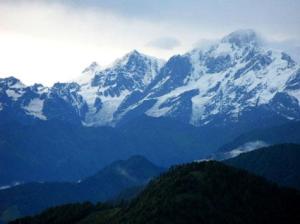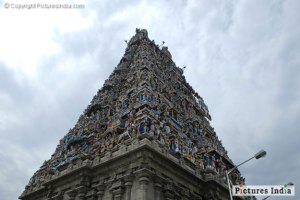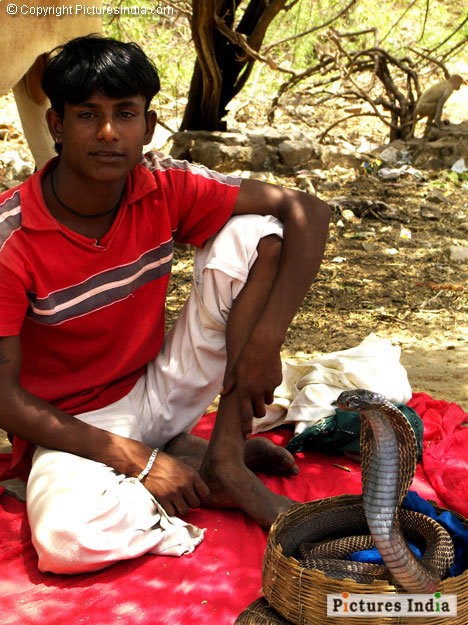Delhi, the capital of Indiais a throbbing metropolis teeming with people from various parts of the country who call this city home. The magnificent city is also home to a wide range of places that tourists from all across the country and world come to see. Being a large and very spread out urban capital, getting around the city of Delhi has always posed as a challenge, but not anymore, thanks to the Delhi Metro. The Delhi Metro is a rapid transit system serving Delhi, Gurgaon, Noida and Ghaziabadin the national capital region of Delhiand is run by the Delhi Metro Rail Corporation Ltd (DMRC). The DMRC began operations in December 2002 and have since then steadily been laying down tracks to successfully and conveniently connect the entire city of Delhiby their comfortable air-conditioned trains. You may also want to go through the Delhi Metro map for a smoother journey.
Here are 10 essential things you need to know for smooth navigation along the Delhi Metro:
- 1. Line 1: Also known as the “Red Line”, this was the first line of the Delhi Metro to be constructed and connects Rithala in the west to Dilshad Garden in the east and covers a total distance of 25.09 kms.
- 2. Line 2: Also called the “Yellow Line”, this line covers 44.36 kilometers and runs from north to south and connects Jahangirpuri to Huda City Centre.
- 3. Line 3:This line is also known as the “Blue Line” and was the third line to be opened by the Delhi Metro being the first line to connect areas outside the city. Partly overhead and partly underground, this line is 47.4 kms long and connects the Dwarka Subcity in the west to the satellite city of Noida in the east and Yamuna Bank to Vaishali.
- 4. Line 4: Known as the “Green Line”, this line was opened in 2010 and was the first standard gauge corridor of the Delhi Metro. This line connects Mundka with Inderlok and runs for 15.1 kms along the Rohtak Road.
- 5. Line 5 This line is also known as the “Violet Line” and is the most recent line of the Delhi Metro and is the second standard gauge corridor after the Green Line. This 20.2 km line connects Badarpur to Central Secretariat with 9 kms being overhead and the rest underground.
- 6. Airport Express: The Airport Express line runs for 22.7 kms from the New Delhi Railway Station to Dwarka sector 21.
- 7. Inter Change Stations: Inter change stations are those where passengers alight from a train to board another train that is traveling on a different line. Some of the inter change stations of the Delhi Metro are:>Dwarka Sector 21
> Kirti Nagar
> Inder Lok
>Tis Hazari
> New Delhi Railway Station
> Rajiv Chowk
> Barakhamba Road
> Central Secretariat
> Yamuna Bank - 8. Delhi Metro Rail Museum: The Delhi Metro has a rail museum at the Patel Chowk Metro Station which was inaugurated in 2002 and is South Asia’s first modern metro museum and is a one of its kind installation in an operational metro station. The museum holds a collection of display panels, historical photographs, and exhibits tracing the journey of the Delhi Metro which took 32 years to reach the operational stage from the drawing boards, reaching major milestones and overcoming issues regarding the selection of technology etc. This unique museum displays the strong management style that has helped the Delhi Metro complete projects before time consistently.
- 9. Delhi Metro Feeder Bus Service:The Delhi Metro provides passengers the facility of a feeder bus service which operates from a few stations and connects the metro station to localities in the vicinity. A few stations that provide the feeder bus service are:> Shastri Park
> Pitam Pura
> Janak Puri West
> Rohini West
> Vishwa Vidayala
> Dwarka Sector 10
> Pragati Maidan - 10. Delhi Metro Expansion Plans: The Delhi Metro has been built in phases. Phase 1 and 2 of the Metro are up and running and phase 3 and 4 plan to be completed by 2015 and 2012 respectively and plan to connect the follow areas of the city:> Dabri More
> Palam
> Vasant Vihar
> Munirka
> R.K Puram
> IIT
> Hauz Khas Enclave
> Kalindi Kunj
> Amity Noida
Frequently Asked Questions:
- What are the timings of the Delhi Metro?The Delhi Metro runs from 6am to 11pm on all days of the week.
- How many kinds of tickets are available on the Delhi Metro?These are the following kinds of tickets that are available on the Delhi Metro:>
Single Journey Token
> Smart Card
> Tourist Card: One day and three days - How is the fare calculated on the Delhi Metro?The fare is calculated according to the distance traveled
- What is a smart card and what are the benefits of it?A smart card is a special type of ticket used for multiple journeys based on the value available on it. Smart cards help save time as you needn’t stand in a long queue and gives you a 10% discount on each journey.
- How can one purchase a smart card?Smart card can be purchased from the customer care desk of any metro station.












